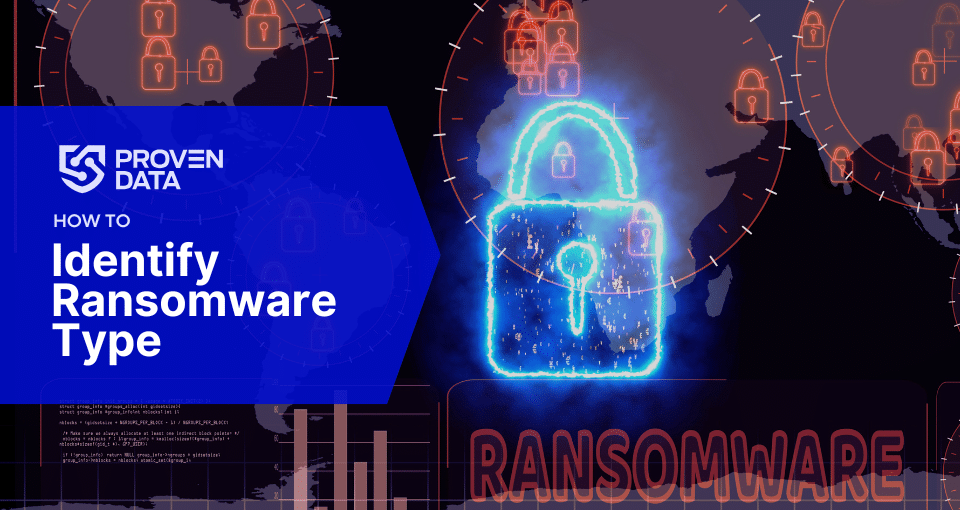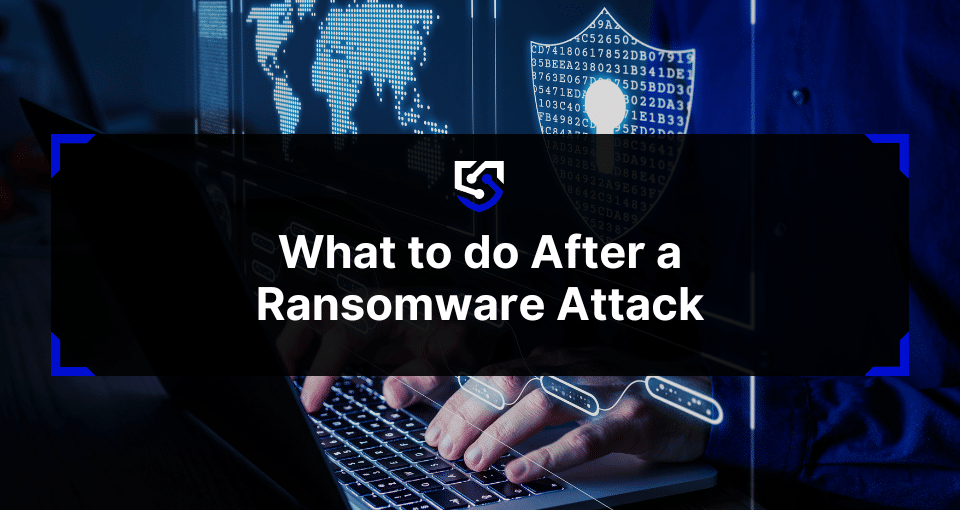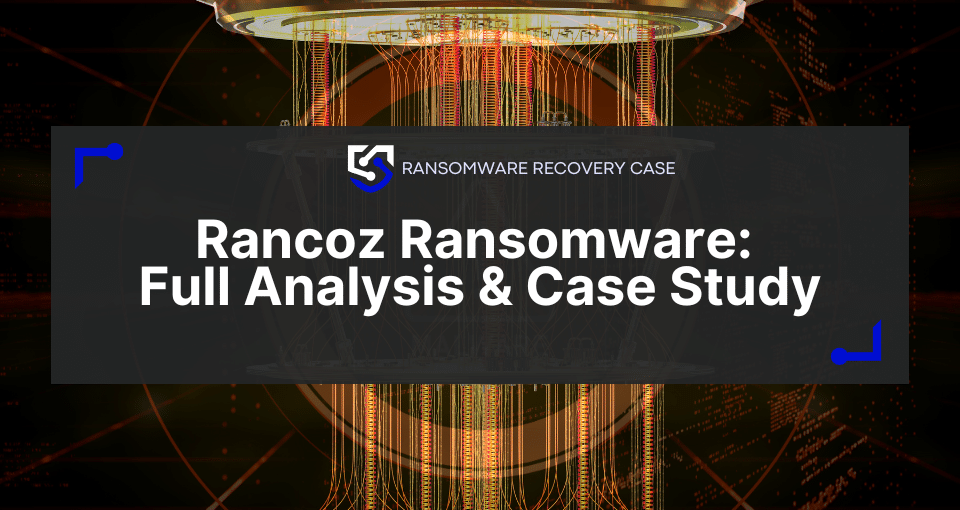Let’s start off with the basic definition of what digital evidence is: any information or data of value to an investigation that is stored, transmitted, or received in digital form by an electronic device. This includes, but is not limited to, emails, text messages, digital photographs, video footage, log files, and metadata. Digital evidence can be found on a wide range of devices such as computers, mobile phones, servers, and cloud storage platforms.
In legal contexts, digital evidence is considered probative, meaning it has the potential to prove or disprove elements of a case and may be relied upon in court proceedings. For digital evidence to be admissible, courts require proof of its relevance, authenticity, and integrity, often verified through technical measures like hash values and a documented chain of custody. According to recent data, 66% of law enforcement agency managers now consider digital evidence more important than DNA in their investigations.
For legal professionals, understanding the types, applications, and proper handling of digital evidence can make the difference between winning and losing a case.
Examples of digital evidence
Many data and devices can be digital evidence during legal processes. Here we list five examples of more common digital evidence.
1. Digital messages
Written communications between parties remain some of the most reliable evidence in legal history. These communications help investigators gain insights into incidents, define relationships between involved parties, validate testimony, and establish timelines.
Digital messages can be:
- Text messages from smartphones
- Social media posts and comments
- Instant messages, regardless of the platform
- Emails and electronic correspondence
- Digital memos and documents
In legal practice, these messages can establish alibis, reveal motives, or contradict statements made in court. Text messages, for instance, have become increasingly important in divorce cases, where they can provide evidence of infidelity, document financial discussions, or demonstrate patterns of behavior relevant to custody decisions.
2. Browser and search history
With the average person spending over six hours daily online, browser activity can provide valuable evidence in various legal contexts. Web browsing history can reveal:
- Research related to criminal activity
- Timeline of online behaviors
- Evidence of intent or premeditation
- Communication attempts or patterns
Even when individuals clear their browsing histories, digital forensics specialists can often recover this information through other means. Many platforms, including Google, store user search history by account, which can be obtained with proper legal authorization.
3. Digital photographs and video footage
Visual evidence is often critical in legal proceedings. However, this evidence requires careful handling, as even seemingly innocuous actions, such as converting file formats or compressing videos for sharing, can alter their contents. Common sources include:
- Surveillance footage (CCTV)
- Body-worn and dashboard cameras
- Smartphone photos and videos
- Social media visual content
For legal professionals, it’s essential to understand that agencies must retrieve, investigate, and submit original, unaltered files as digital evidence. First-party sources, such as body cameras, are particularly valuable because they are generated and stored under the oversight of law enforcement agencies.
Real-world example: Our forensic analyst used video footage from 1984 to verify the authenticity of a Michael Jordan jersey, which was sold for over $4 million at auction. You can find more stories of Proven Data’s work over at our press page.
4. Log files
Most computer systems and applications generate activity logs that can confirm specific activities or identify additional evidence sources. Important log types in legal cases include:
- Phone logs: Records of call frequency, location data, and media capture timestamps
- IP logs: Digital traces showing which devices accessed specific websites and their physical locations
- Transaction logs: Records of file changes in servers, databases, and cloud platforms
- Event logs: Documentation of computer software and operating system activities
- Message logs: Copies of conversations from various communication platforms
These logs can establish timelines, verify a suspect’s whereabouts, or demonstrate unauthorized access to protected systems.
5. Invisible data
Some digital evidence exists beyond what is immediately visible, requiring specialized tools to access and analyze. Examples include:
- Metadata: Supplementary information about files, such as creation dates, modification timestamps, and editing tools used
- Active data: Temporary files generated by applications during use
- Residual data: Deleted information that remains recoverable until overwritten by new files
- Volatile data: Information stored in RAM that disappears when a device powers down
- Replicant data: Support files generated by operating systems, including backups and web caches
This “invisible” evidence can be particularly valuable in cases involving data theft or deliberate attempts to conceal digital activities.
Digital evidence in legal contexts
Unlike physical evidence, digital evidence requires specialized knowledge and tools to be collected, preserved, and analyzed properly. For attorneys, it’s crucial to understand that digital evidence is distinct from evidence sources or storage formats.
When investigators seize a computer or smartphone, they typically recover gigabytes of data unrelated to the case. Only the extracted information relevant to the investigation is classified as digital evidence, even though the physical device is still stored.
This distinction matters because judges must consider not only the content of digital evidence but also how it was recorded, obtained, and whether digital forensics teams modified or formatted it. Without proper documentation of these factors, even compelling digital evidence might be deemed inadmissible in court.
Some cases of the use of digital evidence include:
Intellectual property (IP) theft cases
Digital forensics experts employ systematic approaches, including incident response, forensic imaging, timeline analysis, network forensics, and malware analysis, to thoroughly investigate IP theft.
In IP theft investigations, digital forensics serves several critical functions:
- Detection of unauthorized access: Identifying unusual access patterns or unauthorized data transfers that may indicate IP theft through analysis of network logs and access records.
- Preservation of evidence: Maintaining data integrity through write-blocking tools and creating bit-by-bit copies of storage media to ensure original data remains unaltered.
- Analysis of digital artifacts: Examining emails, file metadata, and system logs to reconstruct the sequence of events leading to theft, including methods used by perpetrators.
- Recovery of deleted data: Recovering deleted files and uncovering evidence of data wiping or anti-forensic tool usage.
Divorce and family law proceedings
In divorce cases, digital evidence can significantly impact outcomes. Text messages, emails, and social media activity can:
- Prove adultery or infidelity through inappropriate messages
- Support financial claims with conversations about spending, debts, or assets
- Demonstrate behavior patterns relevant to custody decisions
- Establish timelines of events and communications
Even private communications can be admissible if they contain relevant information about parenting or financial matters that impact custody or asset division.
Criminal law cases
In criminal proceedings, digital evidence has become pivotal in establishing facts and timelines. Common applications include:
- Social media activity to establish alibis, motives, or contradict testimony
- Email and text messages to confirm timelines and establish relationships
- Digital footprints (location data, surveillance footage, online activity) to support or refute a suspect’s presence at a crime scene
- Device data to establish patterns of behavior or intent
The impact of digital evidence extends to various types of criminal cases, including cybercrimes, where tracking digital activity is essential to establishing the elements of offenses such as identity theft, hacking, and online fraud.







